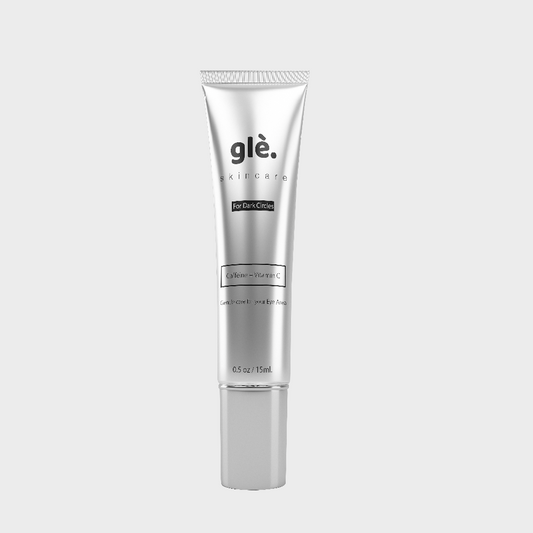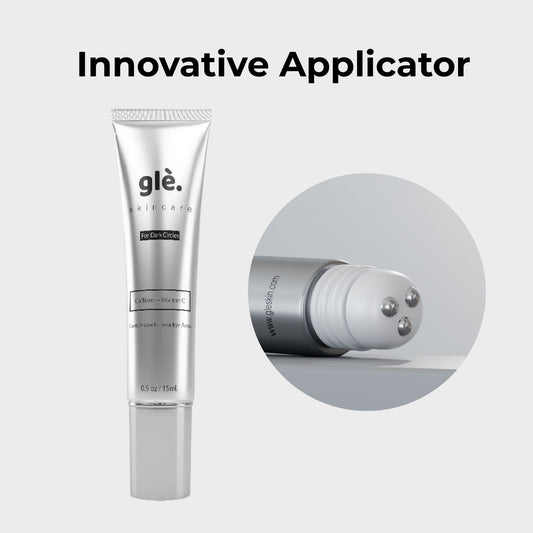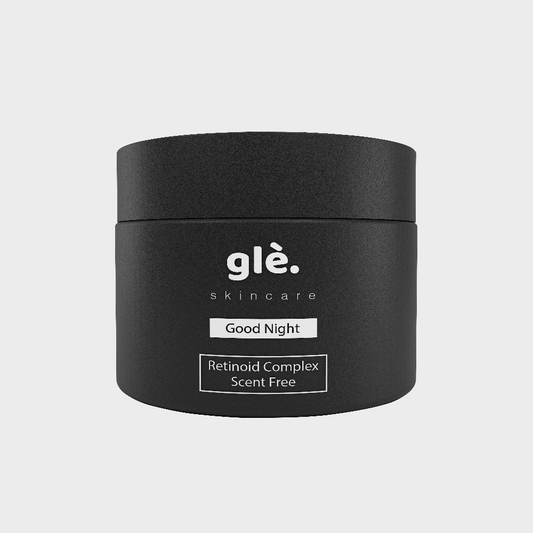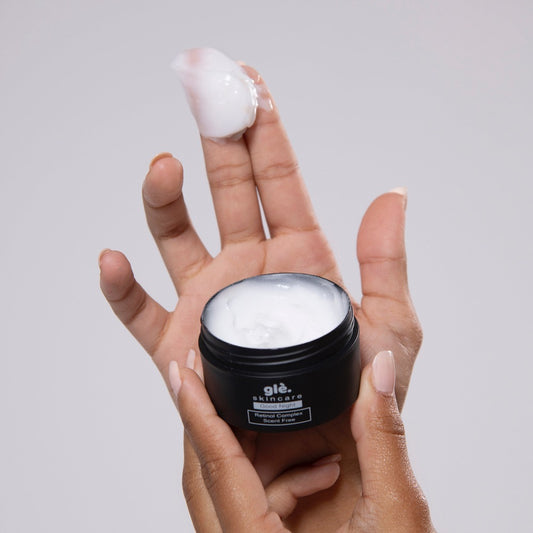When it comes to skincare, especially in the realm of anti-aging and acne treatment, terms like "retinoid" and "retinol" often surface. Both of these ingredients have garnered significant attention for their ability to improve the skin's texture, reduce wrinkles, and combat acne. However, they are not the same, and understanding their differences can help you make informed decisions about which one to incorporate into your skincare routine.
Retinoids: The Powerful Derivatives
Retinoids are a class of compounds derived from vitamin A, and they include various forms such as tretinoin (Retin-A), adapalene (Differin), and isotretinoin (Accutane). These compounds are available by prescription and are often used to treat various skin concerns, including acne, fine lines, and hyperpigmentation. Here's what sets retinoids apart:
-
Potency: Retinoids are typically more potent and effective than over-the-counter retinol products. They work by binding to specific receptors in the skin and encouraging cell turnover, which can lead to smoother, younger-looking skin.
-
Prescription-Based: Most retinoids require a prescription from a healthcare provider due to their potency. They are often recommended for individuals with more severe skin issues.
-
Targeted Treatment: Retinoids are primarily used to address specific skin concerns, making them a powerful tool for dermatological conditions like acne.
-
Potential Side Effects: With their high potency, retinoids can lead to side effects such as redness, peeling, and increased sensitivity to the sun. They may not be suitable for all skin types and require careful use.
Retinol: The Over-the-Counter Option

Retinol, on the other hand, is a milder and more widely available form of vitamin A that is found in many over-the-counter skincare products. Here are the key distinctions:
-
Milder Strength: Retinol is less potent than prescription retinoids like tretinoin. It still encourages skin cell turnover but at a gentler pace.
-
Accessibility: Retinol products are readily available without a prescription, making them more accessible to a broader audience.
-
Versatility: Retinol is often used for general skincare concerns, including fine lines, wrinkles, and improving overall skin texture. It can be a great option for those looking to address early signs of aging.
-
Reduced Risk of Irritation: While retinol can still cause some mild side effects like redness and dryness, it typically has a lower risk of causing severe irritation compared to prescription retinoids.
Which One Should You Choose?
The choice between retinoids and retinol depends on your skin's specific needs and your tolerance for potential side effects. Here are some considerations:
-
For Acne: If you have acne-prone skin and are looking for an effective treatment, prescription retinoids like tretinoin or adapalene may be recommended by your dermatologist.
-
For Anti-Aging: If your primary concern is addressing fine lines, wrinkles, or overall skin texture, an over-the-counter retinol product might be a good starting point due to its milder nature.
-
Combination Approach: Some individuals use a combination of both prescription retinoids and over-the-counter retinol products to achieve a balance of potency and tolerability. However, this should be done under the guidance of a skincare professional.
-
Patch Test: Regardless of whether you choose retinoids or retinol, it's essential to conduct a patch test and gradually introduce the product into your skincare routine to minimize the risk of irritation.
While both retinoids and retinol can be beneficial additions to your skincare regimen, they have distinct differences in terms of potency, availability, and purpose. Consult with a dermatologist or skincare professional to determine which option is best suited for your specific skin concerns and goals. Remember that consistent use, sun protection, and patience are key to reaping the full benefits of these vitamin A derivatives.


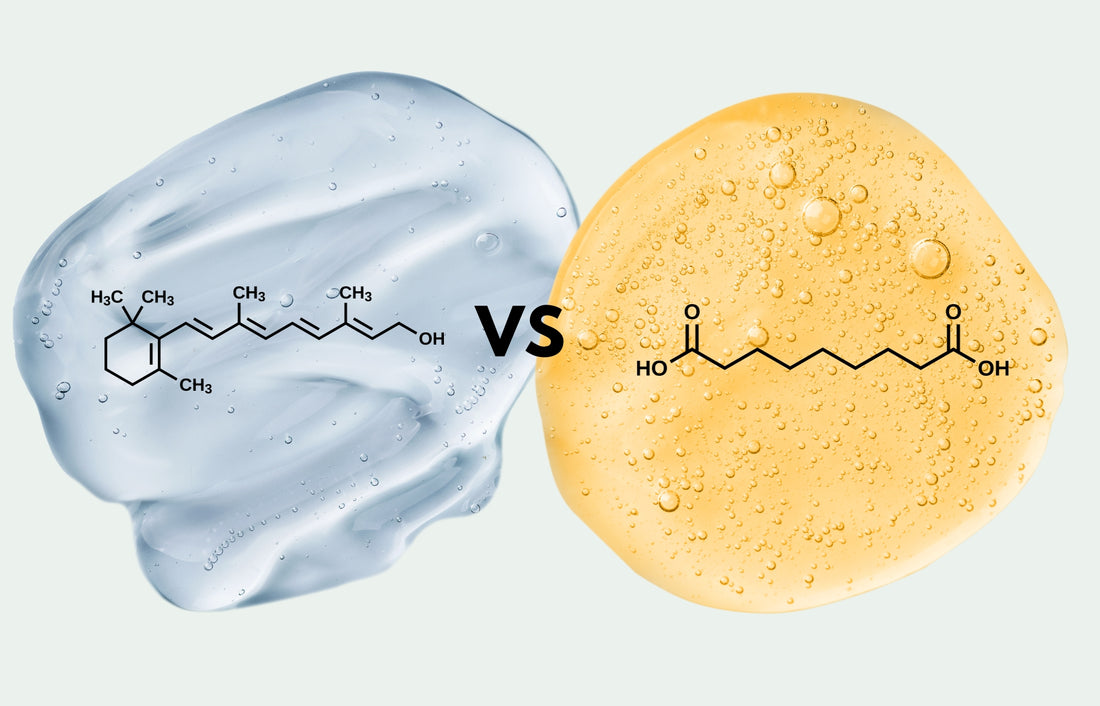

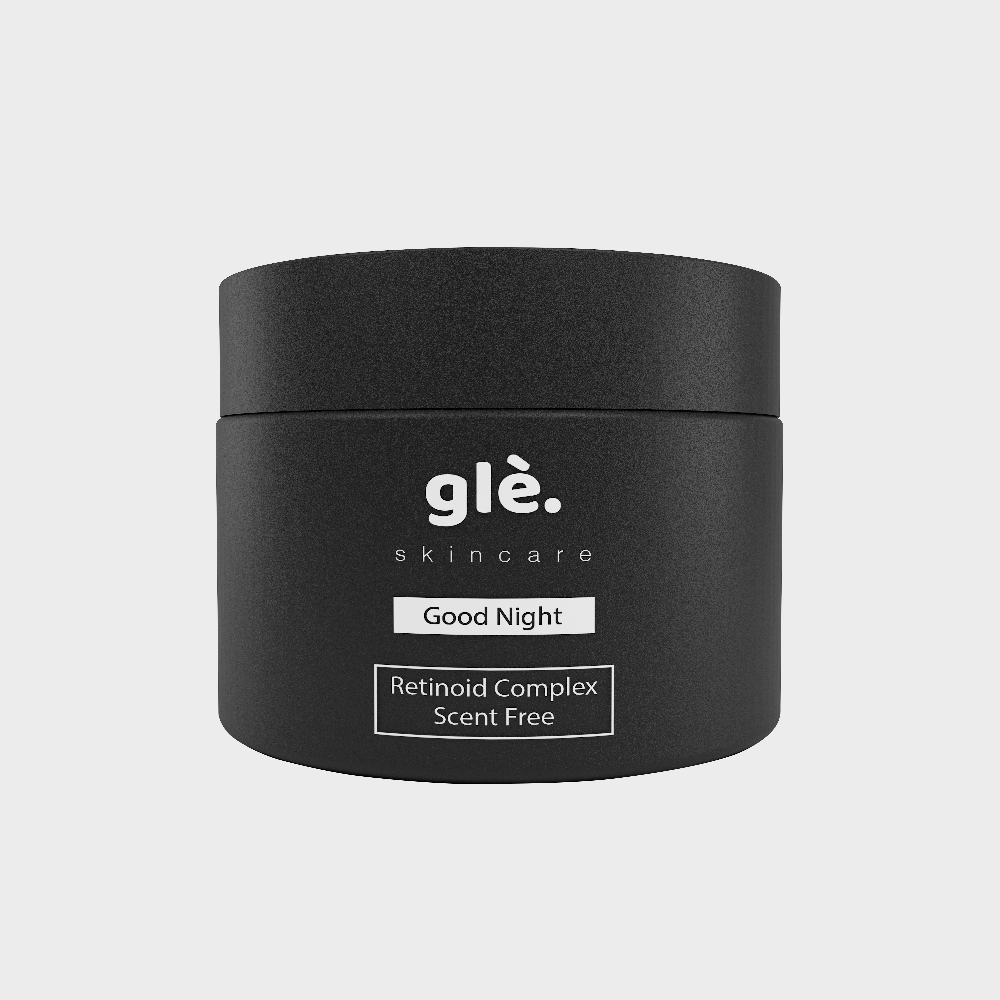

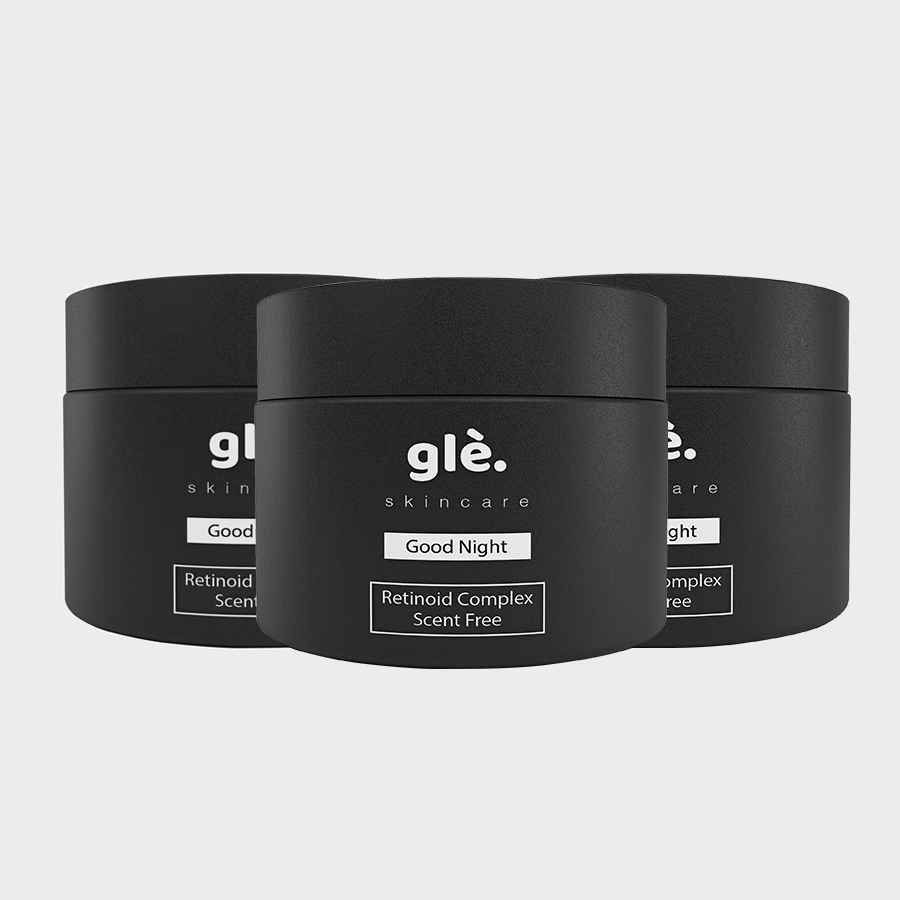

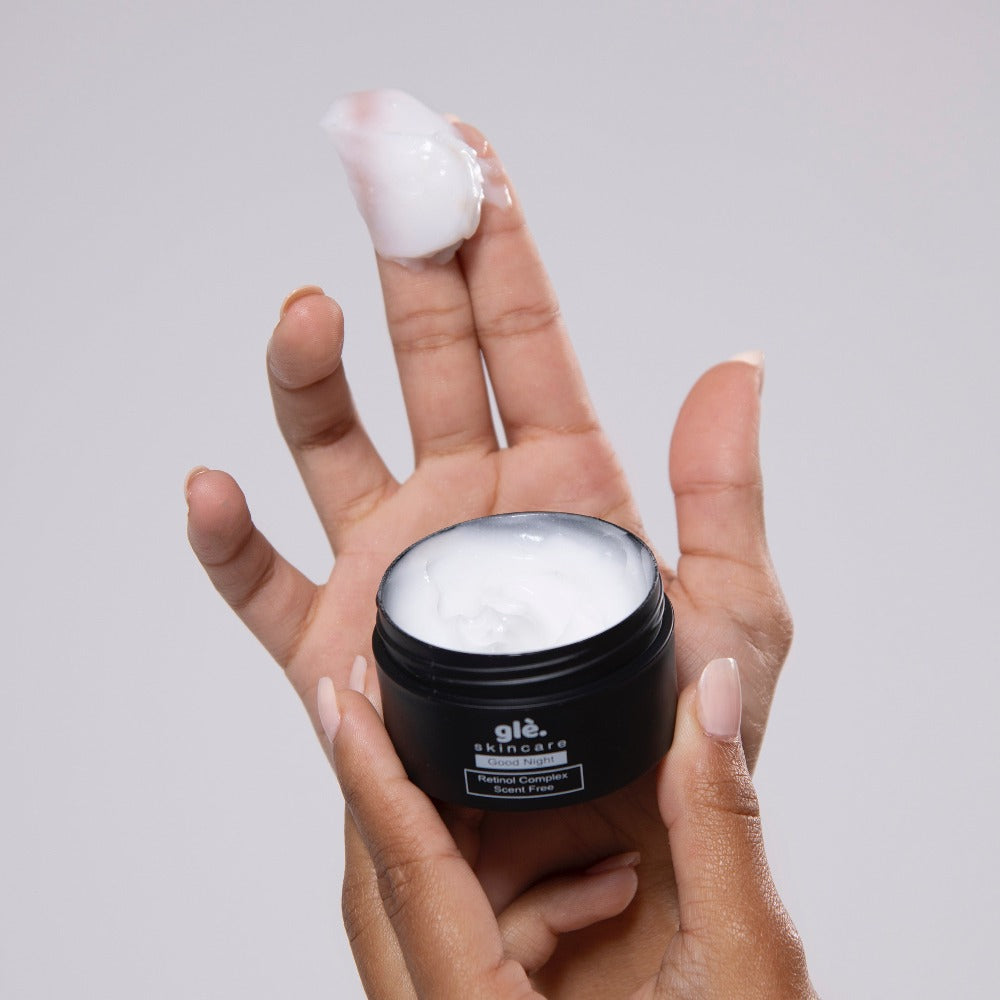
![Good Night Cream - [Gle Skincare]](http://gleskin.com/cdn/shop/files/8.png?v=1705894638&width=1445)
![Good Night Cream - [Gle Skincare]](http://gleskin.com/cdn/shop/files/7_441bf47e-a987-4e47-8130-9ea2ad1477c4.png?v=1705894638&width=1445)
![Good Night Cream - [Gle Skincare]](http://gleskin.com/cdn/shop/files/9.png?v=1705894638&width=1445)








